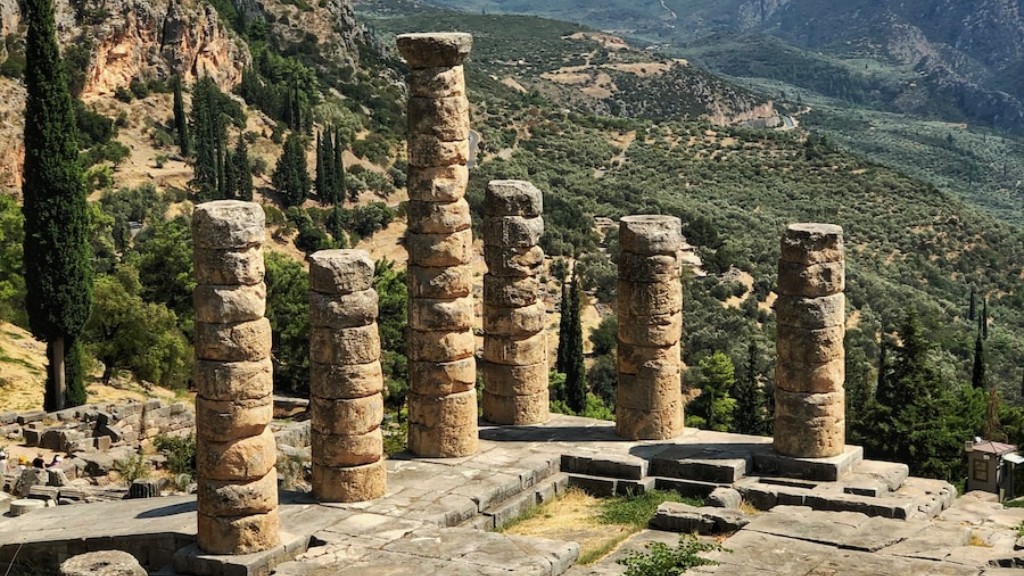Mexican Discovery: Ancient Mayan Civilization
The Mexican discovery of the ancient Mayan civilization has been a milestone in our understanding of one of the most
sophisticated and enigmatic ancient cultures in the world. Through archaeological excavations and research,
scientists have unearthed invaluable knowledge about the customs, arts, architecture, and scientific advancements
of the Mayans. This article aims to illuminate the main aspects of this extraordinary civilization and shed light
on its historical significance.
The Discovery of the Mayan Civilization
The journey to unravel the secrets of the Mayan civilization began in the 19th century when explorers and archaeologists
ventured into the dense jungles of Mexico and Central America. Their curiosity and determination led them to stumble upon
stunning ancient ruins, pyramids, and intricate stone carvings. The extensive ruins left behind by the Mayans, including
the iconic city of Chichen Itza and the majestic temples of Tikal, captivated the world’s attention and fueled further
excavations and investigations.
This serendipitous discovery not only revealed the brilliance of Mayan civilization but also perplexing mysteries that continue to baffle researchers to this day. The exploration of the Mayan ruins offers a unique window into the past, allowing us to piece together the intricate puzzle of their civilization.
An Overview of the Mayan Civilization
The Mayan civilization flourished in Mesoamerica from approximately 2000 BCE to 1500 CE.
Geographically, the Mayan heartland covered an area that extends from present-day southern Mexico through Guatemala, Belize, Honduras, and El Salvador. The territory was characterized by diverse ecosystems, including dense jungles, coastal plains, and mountainous regions.
Social and Political Structure
The Mayan society was organized into city-states governed by divine leaders known as ajaw. Even though these city-states often engaged in conflicts, they were also linked through complex trade networks, fostering cultural exchange and economic prosperity.
The hierarchical structure of Mayan society was defined by distinct social classes, including the ruling elite, nobles, priests, warriors, merchants, and farmers. Each class played a crucial role in the functioning of the civilization, ensuring its stability and growth.
Arts and Culture
The Mayans were renowned for their impressive artistic achievements, which included intricate stone carvings, pottery, jade jewelry, and vibrant murals. Their art often depicted religious and mythological themes, offering valuable insight into their cosmology and beliefs.
The Mayan writing system, hieroglyphics, was highly advanced and used to record historical events, astronomical observations, and religious rituals. The decipherment of Mayan hieroglyphics has significantly contributed to our understanding of their culture and history.
Architectural Marvels
The Mayans were exceptional architects, constructing awe-inspiring pyramids, temples, ballcourts, and palaces. Their architectural achievements highlight their advanced knowledge of engineering and mathematics.
One of the most iconic Mayan structures, the pyramid of Kukulcan at Chichen Itza, serves as a testament to their astronomical prowess. During the equinoxes, the play of light and shadow creates an illusion of a serpent descending the pyramid, unveiling the profound astronomical knowledge possessed by the Mayans.
Scientific Advancements
The Mayans made significant scientific advancements in various fields, particularly mathematics and astronomy. Their mathematical system, based on a vigesimal (base-20) numeral system, allowed them to perform complex calculations and accurately measure time.
Astronomy played a vital role in Mayan culture, enabling them to create a highly accurate calendar system based on celestial cycles. This calendar system not only facilitated agricultural practices but also influenced their religious rituals and governance.
The Artistic Legacy of the Mayans
The Mayan civilization left behind a lasting artistic legacy that continues to mesmerize art enthusiasts and historians alike. Their intricate stone carvings, vivid murals, and delicate sculptures provide a glimpse into their rich cultural and religious practices.
Mayan art often portrays deities, rulers, and mythological figures, providing valuable insights into their social structure and spiritual beliefs. The ornate jade jewelry and feathery headdresses found in ancient Mayan tombs reflect the society’s emphasis on aesthetic beauty and adornment.
The Architectural Marvels of the Mayans
The Mayans’ architectural achievements continue to astonish archaeologists and architects with their precision and grandeur.
The pyramids and temples constructed by the Mayans served as religious and ceremonial centers, symbolizing their deep spiritual connection with the cosmos. The complex design and meticulous carvings on these structures demonstrate the Mayans’ meticulous attention to detail and profound understanding of celestial alignments.
The layout of Mayan cities, such as Tikal and Palenque, reflected their advanced urban planning. The city centers were designed with plazas, ballcourts, and elaborate palace complexes, showcasing their mastery of architectural aesthetics.
The Scientific Advancements of the Mayans
The Mayans’ scientific achievements were far ahead of their time and encompassed a wide range of fields, from mathematics to astronomy.
The Mayans developed a sophisticated mathematical system that included the concept of zero. This innovative numerical system enabled them to perform complex calculations and accurately measure time, contributing to their advanced astronomical knowledge.
Astronomy played a central role in Mayan society, as evidenced by their calendars and observatories. The Mayans’ precise understanding of celestial cycles and astronomical phenomena allowed them to predict eclipses, solstices, and other significant celestial events. These astronomical observations were crucial not only for agricultural planning but also for their religious and political practices.





